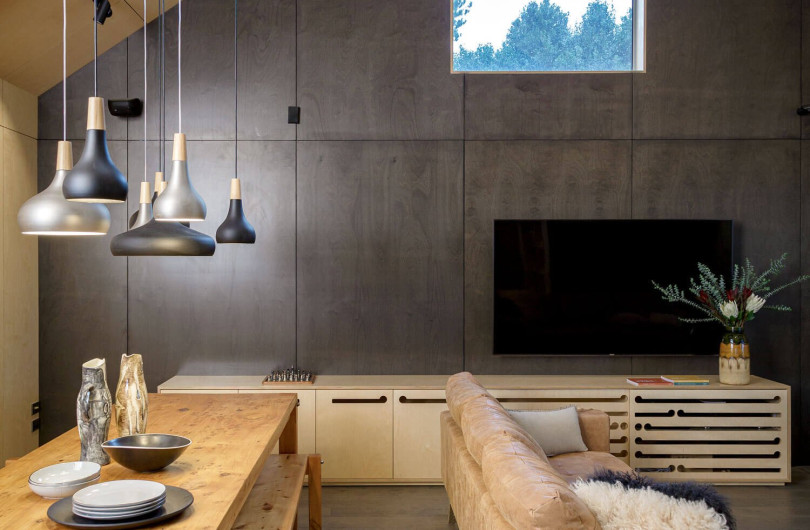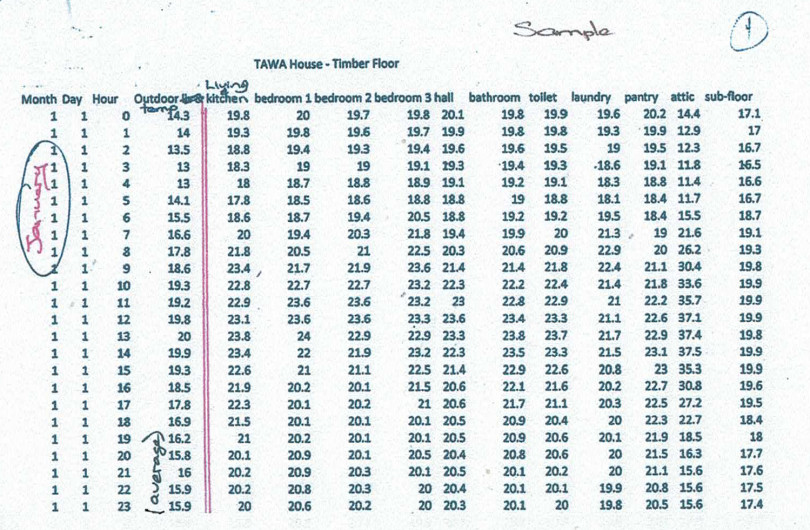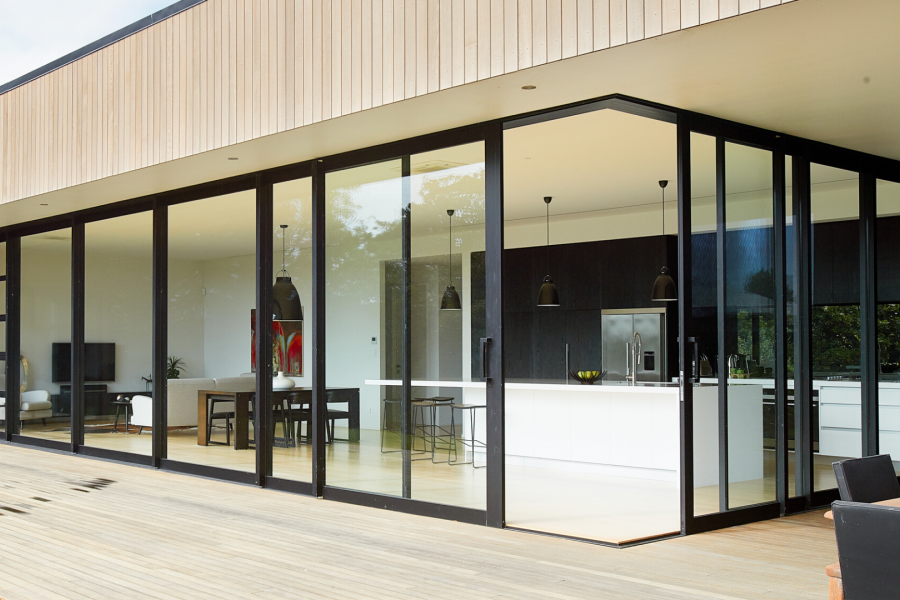
The core of Trespa’s sustainability approach lies in the durability of its products. Long-lasting products reduce the need for frequent replacements, which in turn decreases the use of raw materials, lowers emissions, and reduces waste over time. By extending product lifespan, Trespa effectively minimises its environmental impact.
In its journey towards sustainability, which began in 2010, Trespa has made significant improvements in its decarbonised manufacturing process. Some key actions include replacing high-energy electric motors with more efficient models, converting to low-energy LED lighting with motion sensors in low-traffic areas, and adopting energy-efficient systems like the Venturi vacuum pumps and modern steam boilers. These changes have significantly reduced energy consumption, minimising the company’s reliance on the electrical grid.
Trespa also emphasises transparency by providing credible data on its products' environmental impact through Life Cycle Assessment (LCA). LCA measures the carbon footprint across the entire lifecycle, from raw material extraction to the point the product leaves the factory. This data helps Trespa set clear sustainability targets, monitor progress, and provide clients with the information they need to make environmentally responsible choices.
By focusing on durability, decarbonised production, and transparent reporting, Trespa’s products contribute to a low-carbon future in architecture, meeting the growing demand for sustainable building materials.













 Case Studies
Case Studies


















 Popular Products from Big River Panels — Exteriors
Popular Products from Big River Panels — Exteriors


 Most Popular
Most Popular


 Popular Blog Posts
Popular Blog Posts